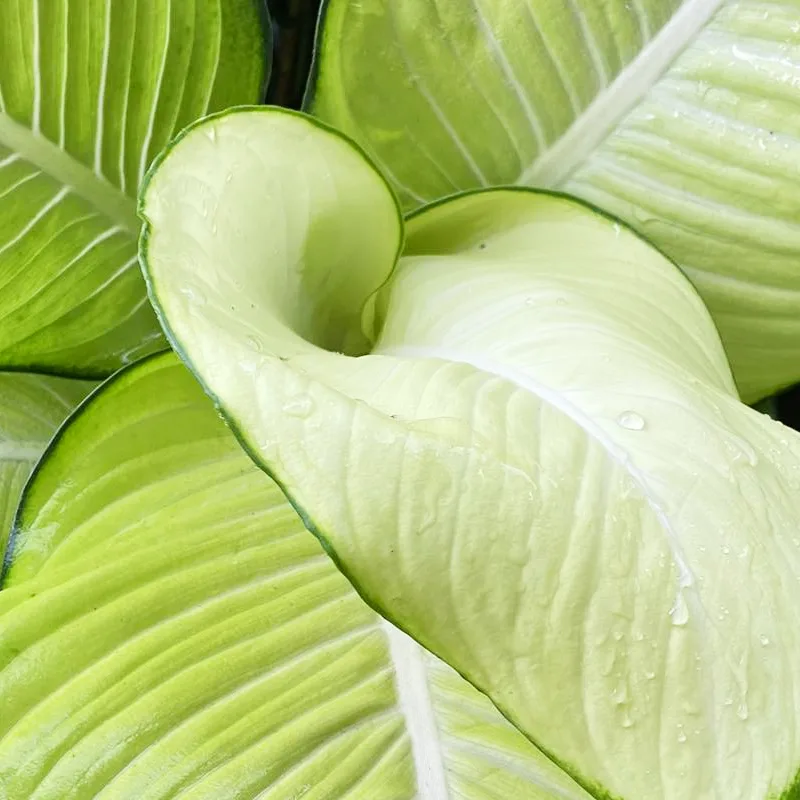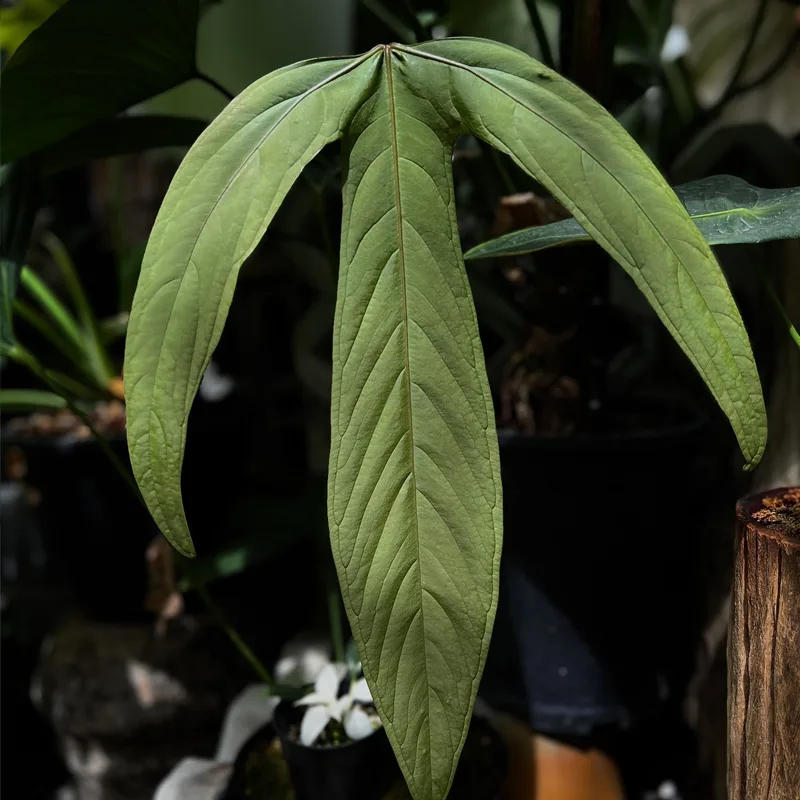FAQs About Pinguicula Moranensis
Pinguicula Moranensis, also known as the Mexican Butterwort, is a fascinating carnivorous plant that has intrigued many plant enthusiasts, including myself. Here’s a comprehensive guide to answering the most frequently asked questions about this unique plant.
128 Species in Genus Pinguicula
What Is Pinguicula Moranensis?
Pinguicula Moranensis is a species of butterwort native to Mexico. It’s renowned for its rosette of fleshy, succulent leaves that are covered in sticky glandular hairs. These hairs secrete a digestive enzyme to trap and break down small insects, which supplement the plant’s nutrient intake. This species is especially admired for its beautiful, delicate flowers that can be pink, lavender, or white, adding an extra charm to its already captivating appearance.
How to Care for Pinguicula Moranensis?
Caring for Pinguicula Moranensis involves replicating its natural habitat as closely as possible. Here are the key care tips:
- Light: Pinguicula Moranensis thrives in bright, indirect light. A sunny windowsill or under fluorescent grow lights is ideal. Direct sunlight can scorch the leaves, so it’s important to provide filtered light.
- Watering: This plant prefers to be watered with distilled water or rainwater. Tap water can be too hard and may harm the plant. Keep the soil moist but not waterlogged. During its winter dormancy period, reduce watering to prevent root rot.
- Soil: Use a well-draining mix, such as a combination of sphagnum moss and perlite. This mix mimics the acidic and nutrient-poor conditions of the plant’s natural habitat.
- Temperature and Humidity: Pinguicula Moranensis enjoys warm temperatures between 70-85°F (21-29°C) during the growing season. It can tolerate cooler temperatures during dormancy, but it’s crucial to avoid frost. High humidity is beneficial but not mandatory.
How to Propagate Pinguicula Moranensis?
Propagation of Pinguicula Moranensis can be done through leaf cuttings or by separating offsets:
- Leaf Cuttings: Gently twist a healthy leaf from the plant, making sure to include a small portion of the leaf base. Place the leaf on a moist, well-draining soil mix. Cover the pot with a clear plastic bag to maintain humidity and place it under bright light. New plantlets should appear within a few weeks.
- Offsets: As the plant grows, it may produce offsets or small rosettes around the base. These can be separated from the parent plant and potted individually. This method is often faster and produces plants that are true to the parent.
What to Plant With Pinguicula Moranensis?
Pinguicula Moranensis pairs well with other carnivorous plants like sundews (Drosera) and Venus flytraps (Dionaea muscipula) due to their similar care requirements. In a mixed terrarium, these plants can create a captivating display of various insect-eating plants. However, avoid planting it with species that have different water or light needs.
Is Pinguicula Moranensis Toxic?
Pinguicula Moranensis is non-toxic to humans and pets. The plant’s sticky leaves might cause a mild irritation if touched frequently, but it’s generally safe to handle. It’s always a good idea to keep plants out of reach of small children and pets to avoid any accidental ingestion or irritation.
Benefits of Pinguicula Moranensis
Besides being a fascinating conversation piece, Pinguicula Moranensis offers several benefits:
- Natural Pest Control: Its insect-trapping abilities can help keep pesky insects at bay, especially in indoor environments.
- Educational Value: Growing Pinguicula Moranensis can be a great way to learn about carnivorous plants and their unique adaptations for survival.
- Aesthetic Appeal: The plant’s rosette of leaves and delicate flowers add an attractive touch to any plant collection or terrarium.
Common Problems with Pinguicula Moranensis
Like any plant, Pinguicula Moranensis can encounter a few issues:
- Leaf Curling: This often indicates either too much direct sunlight or insufficient humidity. Adjust the light exposure and ensure the humidity levels are adequate.
- Root Rot: Overwatering or using poor-quality soil can lead to root rot. Ensure proper drainage and avoid letting the plant sit in water.
- Pest Infestation: Though rare, pests like aphids or spider mites can occasionally infest Pinguicula Moranensis. Treat any infestations promptly with insecticidal soap or neem oil.
Compare with Similar Plants
When comparing Pinguicula Moranensis to other butterworts, such as Pinguicula Gigantea or Pinguicula Vulgaris, several differences emerge:
- Size: Pinguicula Moranensis is generally smaller compared to Pinguicula Gigantea, which has larger rosettes and leaves.
- Flower Color: The flower colors can vary widely among different Pinguicula species. Pinguicula Moranensis often has lighter, more delicate flowers compared to the darker, more vibrant hues of Pinguicula Vulgaris.
In conclusion, Pinguicula Moranensis is a remarkable plant with specific care requirements and a variety of intriguing features. Whether you’re new to carnivorous plants or a seasoned collector, this species offers both challenges and rewards in its cultivation.
If i die, water my plants!



